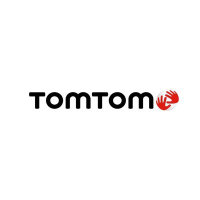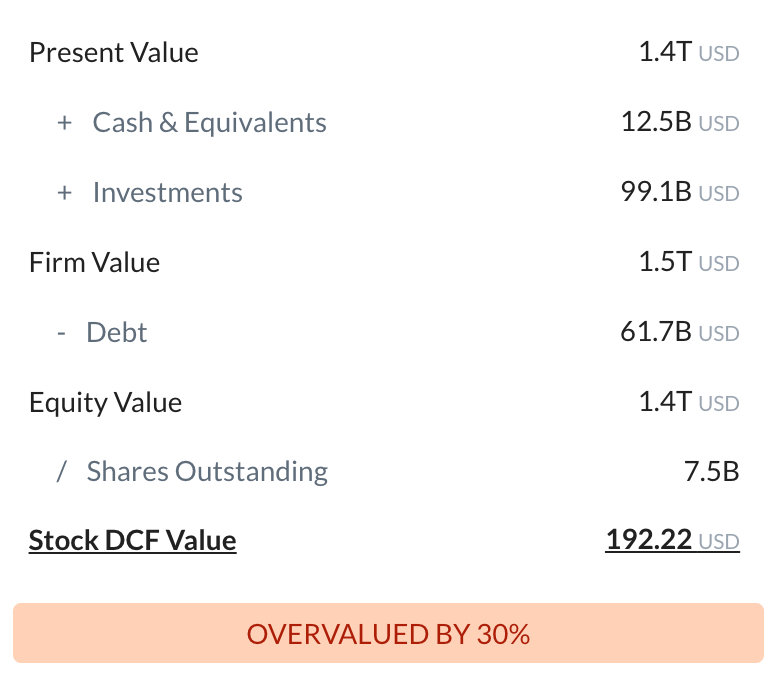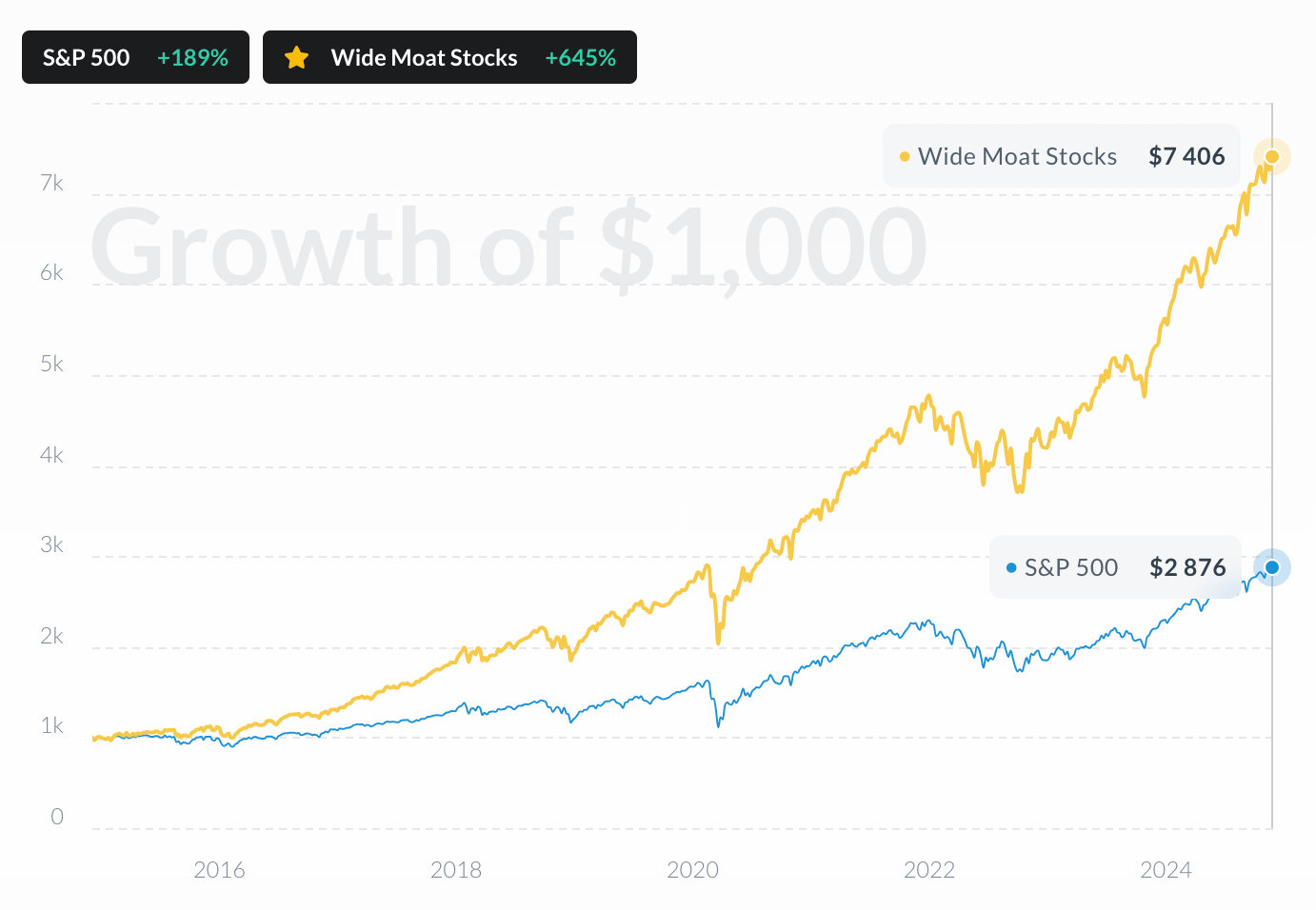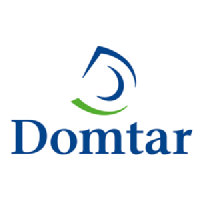
Domtar Corp
TSX:UFS


| US |

|
Johnson & Johnson
NYSE:JNJ
|
Pharmaceuticals
|
| US |

|
Berkshire Hathaway Inc
NYSE:BRK.A
|
Financial Services
|
| US |

|
Bank of America Corp
NYSE:BAC
|
Banking
|
| US |

|
Mastercard Inc
NYSE:MA
|
Technology
|
| US |

|
UnitedHealth Group Inc
NYSE:UNH
|
Health Care
|
| US |

|
Exxon Mobil Corp
NYSE:XOM
|
Energy
|
| US |

|
Pfizer Inc
NYSE:PFE
|
Pharmaceuticals
|
| US |

|
Palantir Technologies Inc
NYSE:PLTR
|
Technology
|
| US |

|
Nike Inc
NYSE:NKE
|
Textiles, Apparel & Luxury Goods
|
| US |

|
Visa Inc
NYSE:V
|
Technology
|
| CN |

|
Alibaba Group Holding Ltd
NYSE:BABA
|
Retail
|
| US |

|
JPMorgan Chase & Co
NYSE:JPM
|
Banking
|
| US |

|
Coca-Cola Co
NYSE:KO
|
Beverages
|
| US |

|
Walmart Inc
NYSE:WMT
|
Retail
|
| US |

|
Verizon Communications Inc
NYSE:VZ
|
Telecommunication
|
| US |

|
Chevron Corp
NYSE:CVX
|
Energy
|
Utilize notes to systematically review your investment decisions. By reflecting on past outcomes, you can discern effective strategies and identify those that underperformed. This continuous feedback loop enables you to adapt and refine your approach, optimizing for future success.
Each note serves as a learning point, offering insights into your decision-making processes. Over time, you'll accumulate a personalized database of knowledge, enhancing your ability to make informed decisions quickly and effectively.
With a comprehensive record of your investment history at your fingertips, you can compare current opportunities against past experiences. This not only bolsters your confidence but also ensures that each decision is grounded in a well-documented rationale.
Do you really want to delete this note?
This action cannot be undone.

| 52 Week Range |
N/A
N/A
|
| Price Target |
|
We'll email you a reminder when the closing price reaches CAD.
Choose the stock you wish to monitor with a price alert.

|
Johnson & Johnson
NYSE:JNJ
|
US |

|
Berkshire Hathaway Inc
NYSE:BRK.A
|
US |

|
Bank of America Corp
NYSE:BAC
|
US |

|
Mastercard Inc
NYSE:MA
|
US |

|
UnitedHealth Group Inc
NYSE:UNH
|
US |

|
Exxon Mobil Corp
NYSE:XOM
|
US |

|
Pfizer Inc
NYSE:PFE
|
US |

|
Palantir Technologies Inc
NYSE:PLTR
|
US |

|
Nike Inc
NYSE:NKE
|
US |

|
Visa Inc
NYSE:V
|
US |

|
Alibaba Group Holding Ltd
NYSE:BABA
|
CN |

|
JPMorgan Chase & Co
NYSE:JPM
|
US |

|
Coca-Cola Co
NYSE:KO
|
US |

|
Walmart Inc
NYSE:WMT
|
US |

|
Verizon Communications Inc
NYSE:VZ
|
US |

|
Chevron Corp
NYSE:CVX
|
US |
This alert will be permanently deleted.
Intrinsic Value
There is not enough data to reliably calculate the intrinsic value of UFS.
The Intrinsic Value is calculated as the average of DCF and Relative values:
| FI |

|
UPM-Kymmene Oyj
OMXH:UPM
|
|
| ZA |
S
|
Sappi Ltd
JSE:SAP
|
|
| BR |

|
Suzano SA
BOVESPA:SUZB3
|
|
| FI |
S
|
Stora Enso Oyj
OMXH:STERV
|
|
| CN |

|
Shandong Sun Paper Co Ltd
SZSE:002078
|
|
| SE |
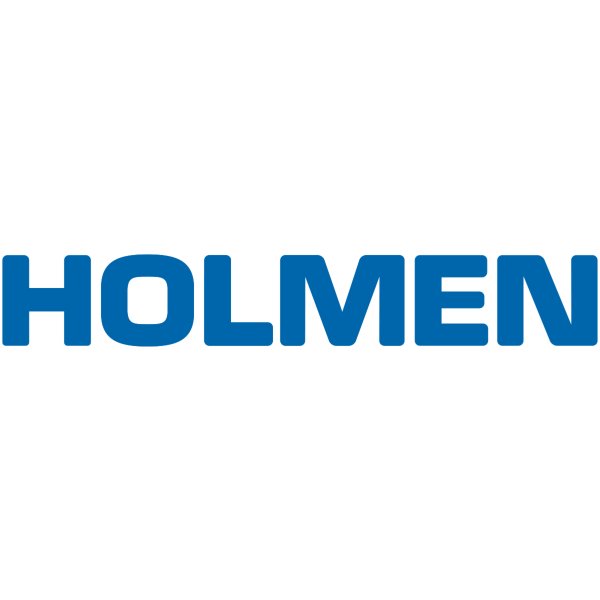
|
Holmen AB
STO:HOLM B
|
|
| JP |
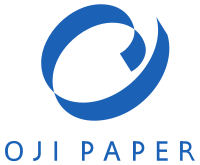
|
Oji Holdings Corp
TSE:3861
|
|
| UK |

|
Mondi PLC
LSE:MNDI
|
|
| CL |
E
|
Empresas CMPC SA
SGO:CMPC
|
|
| HK |

|
Nine Dragons Paper (Holdings) Ltd
HKEX:2689
|
Fundamental Analysis
Select up to 3 indicators:
Select up to 3 indicators:

Revenue & Expenses Breakdown
Domtar Corp

Balance Sheet Decomposition
Domtar Corp

| Current Assets | 1.6B |
| Cash & Short-Term Investments | 344m |
| Receivables | 586m |
| Other Current Assets | 713m |
| Non-Current Assets | 2.3B |
| PP&E | 2.1B |
| Intangibles | 29m |
| Other Non-Current Assets | 196m |
| Current Liabilities | 591m |
| Accrued Liabilities | 19m |
| Other Current Liabilities | 572m |
| Non-Current Liabilities | 1.1B |
| Long-Term Debt | 503m |
| Other Non-Current Liabilities | 638m |
Free Cash Flow Analysis
Domtar Corp

| USD | |
| Free Cash Flow | USD |
Earnings Waterfall
Domtar Corp

|
Revenue
|
3.2B
USD
|
|
Cost of Revenue
|
-2.7B
USD
|
|
Gross Profit
|
522m
USD
|
|
Operating Expenses
|
-334m
USD
|
|
Operating Income
|
188m
USD
|
|
Other Expenses
|
-165m
USD
|
|
Net Income
|
23m
USD
|
UFS Profitability Score
Profitability Due Diligence

Domtar Corp's profitability score is hidden . The higher the profitability score, the more profitable the company is.

Score
Domtar Corp's profitability score is hidden . The higher the profitability score, the more profitable the company is.
UFS Solvency Score
Solvency Due Diligence

Domtar Corp's solvency score is hidden . The higher the solvency score, the more solvent the company is.

Score
Domtar Corp's solvency score is hidden . The higher the solvency score, the more solvent the company is.
Wall St
Price Targets
UFS Price Targets Summary
Domtar Corp

Dividends
Current shareholder yield for  UFS is
hidden
.
UFS is
hidden
.
Shareholder yield represents the total return a company provides to its shareholders, calculated as the sum of dividend yield, buyback yield, and debt paydown yield. What is shareholder yield?



